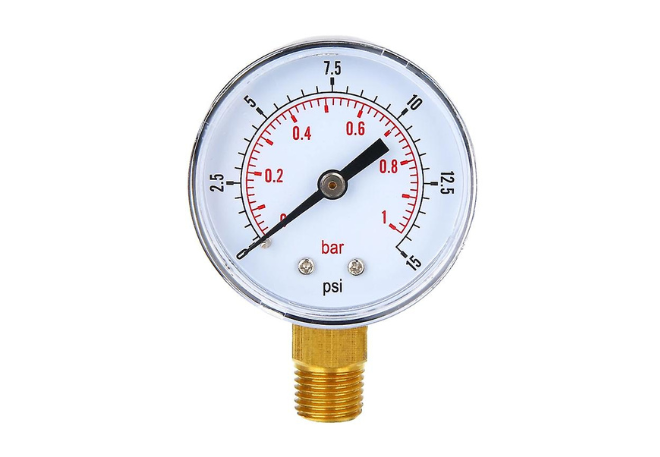What Are Proximity Sensors? Exploring the World of Sensors and Transducers
Proximity sensors are fascinating and essential tools in modern technology. They are used widely across various industries to enhance automation and safety. This detailed blog post delves into the significance, types, applications, and benefits of proximity sensors, offering insights into how these devices shape our interactions with machines and environments.
Introduction to Proximity Sensors
Proximity sensors are devices that detect the presence or absence of an object without physical contact. They are a type of sensor transducer that converts physical input into electrical signals, providing critical data for automation systems.
The Principle Behind Proximity Sensors
- Electromagnetic Fields: Many proximity sensors operate by generating an electromagnetic field or a beam of electromagnetic radiation (infrared, for instance) and detecting changes in the field or return signal.
- Sound Waves: Ultrasonic proximity sensors use sound waves to detect objects by emitting and receiving the echo of a sound wave.
- Capacitance: Capacitive proximity sensors detect changes in capacitance between the sensor and the object in close proximity.
Types of Proximity Sensors
Proximity sensors come in various forms, each suited to specific applications based on sensitivity, range, and environmental adaptability:
- Inductive Sensors: Ideal for detecting metal objects without contact.
- Capacitive Sensors: These are used to detect both metallic and non-metallic objects by sensing changes in capacitance.
- Ultrasonic Sensors: They employ sound waves to detect objects and measure distances, and they are effective with various materials.
- Photoelectric Sensors: Utilize light beams, often infrared, to detect objects and their distances.
Key Applications of Proximity Sensors
Proximity sensors are integral to numerous sectors, streamlining operations and enhancing safety and efficiency:
- Manufacturing: Automation of assembly lines, especially in automotive manufacturing.
- Robotics: Object detection and navigation aid in robotic systems.
- Consumer Electronics: In devices like smartphones and tablets to detect when users are close to the device.
- Healthcare: Monitoring systems and equipment in hospitals that require precise and reliable sensor technology.
Advantages of Using Proximity Sensors
The adoption of proximity sensors brings a myriad of benefits across various industries:
- Enhanced Safety: Provides critical data that helps in avoiding collisions in industrial environments.
- Improved Efficiency: Automation facilitated by sensors increases the speed and accuracy of production processes.
- Cost Reduction: Reduces the need for manual labour and minimises maintenance costs due to their non-contact nature.
- Versatility: Can be used in harsh environments and are adaptable to a wide range of operational conditions.
The Role of Sensor Transducers in Modern Technology
Sensors and transducers are pivotal in translating physical phenomena into readable data, enabling machines and systems to interact with their environments effectively:
- Data Accuracy: High-quality sensors transduce accurate data essential for precise control systems.
- Innovation in Automation: Continual improvements in sensor technology drive advancements in automation and artificial intelligence.
- Environmental Monitoring: Crucial in devices that monitor environmental parameters, helping in everything from weather forecasting to home automation.
Choosing the Right Proximity Sensor
Selecting an appropriate proximity sensor involves considering several factors to ensure optimal performance and integration:
- Range and Sensitivity: Determine the necessary range and sensitivity based on the application.
- Environment: Consider environmental factors like temperature, humidity, and potential interference.
- Material and Size of Target Objects: Choose sensor types based on the material and size of the objects to be detected.
- Budget and Longevity: Factor in the cost and expected lifespan relative to the application's requirements.
Conclusion: The Future of Proximity Sensors
As technology continues to evolve, the future of proximity sensors looks promising, with the potential for even greater accuracy, range, and adaptability. These sensors are set to play a pivotal role in the further automation of industries, enhancing both operational efficiency and safety.
By understanding the diverse types and applications of proximity sensors, businesses and technologists can better harness these tools to innovate and improve the functionality of their systems and devices.




Comments
Post a Comment